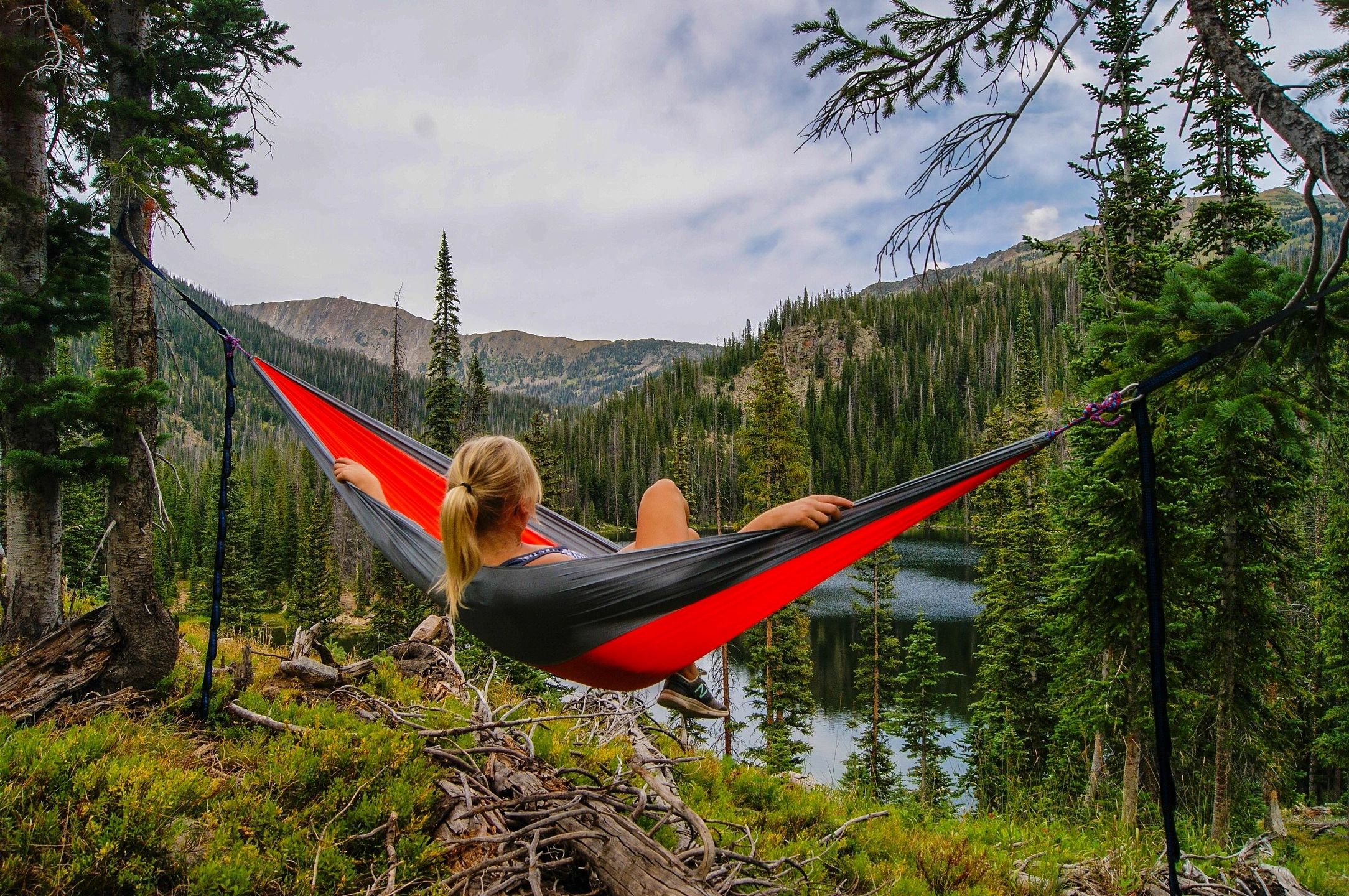Introduction
Ah, the great outdoors – where adventure, serenity, and camaraderie with nature await! As a seasoned camping expert, I’m excited to share with you the ultimate guide to choosing the best season and location for your camping escapades. Whether you prefer the vibrant colors of fall, the crispness of winter, the blooming spring, or the long sunny days of summer, there’s a perfect camping spot for every season. Join me as we explore the nuances of each season and discover the ideal camping locations that will leave you with memories to cherish.
- Camping During the Different Seasons
a. Fall Camping: Fall offers a breathtaking display of colorful foliage and cooler temperatures. It’s a prime time for camping, especially for nature enthusiasts seeking picturesque landscapes and milder weather. Be prepared for temperature fluctuations and check for fall foliage forecasts to plan your trip during peak colors.
b. Winter Camping: Winter camping is an exhilarating experience that rewards adventurers with serene snowy landscapes and quiet solitude. However, it requires proper preparation and specialized gear to stay warm and safe. If you’re up for the challenge, you’ll find a magical world awaiting your exploration.
c. Spring Camping: Spring brings a burst of life and blossoming flora, making it a favorite season for camping. However, be mindful of unpredictable weather patterns, as spring can bring rain and temperature swings. Pack layers and waterproof gear to stay comfortable during your trip.
d. Summer Camping: Summer is the most popular season for camping, offering long daylight hours and warm temperatures. It’s ideal for water activities, swimming, and lounging around the campfire. Be sure to make reservations in advance, as campgrounds tend to fill up quickly during peak summer months.
- Camping in National or State Forests and/or Parks versus Camping in Private Campgrounds
When choosing a camping location, you’ll have the option to camp in public lands, such as national or state forests and parks, or in private campgrounds. Each option offers unique advantages:
a. Public Lands: Camping in national or state forests and parks provides an authentic wilderness experience with abundant natural beauty. These areas often offer primitive camping with limited amenities, allowing you to connect with nature in a more intimate way. Be sure to follow Leave No Trace principles to preserve these pristine environments.
b. Private Campgrounds: Private campgrounds typically provide more amenities, such as hot showers, electricity hookups, and even Wi-Fi. They are ideal for campers who prefer more creature comforts and organized camping experiences. Private campgrounds may also offer guided activities and entertainment for a family-friendly camping adventure.
- How the Weather Affects Camping
Weather plays a significant role in camping, so understanding how it can impact your trip is essential:
a. Temperature: Be prepared for temperature fluctuations between day and night, especially during spring and fall camping. Pack appropriate clothing layers to stay comfortable in changing conditions.
b. Precipitation: Rain can be an unwelcome guest during camping, so always bring rain gear and waterproof your tent. In winter, be prepared for snow and plan accordingly for travel and shelter.
c. Wind: Wind can affect your campfire and make it challenging to set up tents. Choose a sheltered campsite and use rocks or logs as windbreaks.
d. Lightning: In the event of a lightning storm, seek shelter immediately. Avoid tall trees or open fields and stay inside your car or sturdy building until the storm passes.
- How Wind, Rain, and Lightning Affects Camping
a. Wind: Wind can be both a friend and foe during camping. It can cool down a hot day but also make campfires challenging to maintain. Secure your tent and tarps firmly, and consider using a camping stove instead of relying solely on open fires.
b. Rain: Rain can turn a camping trip into a soggy affair if you’re unprepared. Invest in quality rain gear, waterproof your tent, and pack tarps to create a dry sheltered area for cooking and relaxing.
c. Lightning: Lightning is a significant safety concern during camping. Avoid setting up camp in exposed areas and stay away from tall objects during a storm. Seek shelter immediately if lightning is nearby.
Frequently Asked Questions
- Can I camp during the offseason?
Yes, camping during the offseason is possible and can be rewarding with fewer crowds and lower fees. However, be prepared for more challenging weather conditions and limited amenities.
- What should I do if I encounter wildlife while camping?
If you encounter wildlife, maintain a safe distance and avoid feeding or approaching them. Follow the campsite’s guidelines on wildlife safety and always store food securely to avoid attracting animals to your campsite.
- Can I camp without a tent?
Yes, you can camp without a tent by using a hammock, tarp, or bivy sack as alternative shelter options. However, make sure you’re well-prepared for the weather conditions and have suitable gear to stay comfortable.
Conclusion
Congratulations, you are now equipped to find the best season and location for your camping adventure! Whether you’re drawn to the vibrant colors of fall, the peacefulness of winter, the blossoming of spring, or the long days of summer, camping offers an experience like no other. Decide between public lands and private campgrounds based on your preferences, and always prepare for the weather conditions you’ll encounter. Embrace the beauty and tranquility of nature as you embark on your camping journey, creating memories that will last a lifetime. Happy camping, and may your adventures be filled with joy, wonder, and a deeper connection with the great outdoors!
